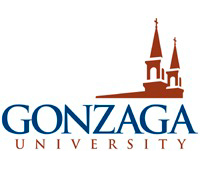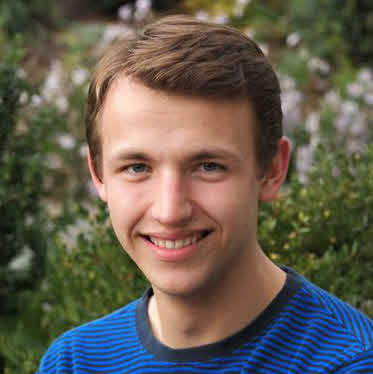Below is a summary of the abstract you submitted. Presenting author(s) is shown in bold.
If any changes need to be made, you can modify the abstract or change the authors.
You can also download a .docx version of this abstract.
If there are any problems, please email Dan at dar78@pitt.edu and he'll take care of them!
This abstract was last modified on May 10, 2016 at 12:03 a.m..

The DNA sequence of a bacteriophage genome contains the coding sequences for the virus’s gene products, and also contains the sequence elements that direct the expression of the gene products. One category of sequence element is a transcriptional promoter. In mycobacteriophage genomes, it is possible to use bioinformatics tools to predict the locations of some, but probably not all, promoters. For example, eight or nine promoters were predicted to be located in the genomes of O cluster phages (Cresawn et al., 2015). We, a class of upper-division students at Gonzaga, are interested in understanding transcription and transcription regulation in mycobacteriophages. As a first step, we have begun characterizing the predicted promoters of the cluster O phages by cloning promoter DNA into an mCherry expression plasmid and observing expression in M. smegmatis. This past semester we addressed several specific questions: (1) When a segment of DNA can drive mCherry transcription, do mutations that target the predicted promoter sequence within the segment eliminate its ability to drive transcription? (2) Will an active promoter retain its activity when integrated into the bacterial host chromosome? (3) Can we find any DNA segments that can drive mCherry transcription even though no promoter was predicted to be in its sequence? (4) Can we work out conditions by which to quantify mCherry expression? To change the DNA sequences of plasmid clones, we employed the PCR-based Q5 Site-directed Mutagenesis Kite (NEB). We found that mutating predicted sequences eliminated the transcription activity of the cloned segment, leading us to conclude that the predicted sequences were both necessary and sufficient for driving transcription. We found that we could use primers carrying promoter sequences in the Q5 kit to insert predicted promoters into mCherry expression plasmids instead of traditional restriction-based cloning. We found that the promoter P<sub>L2</sub> remains functional when integrated into the M. smegmatis chromosome. Using RNA-seq transcriptional expression data generously shared by the Hatfull lab, we predicted and tested two regions of the Corndog genome for promoter activity. And using a Biotek Synergy HTX plate reader, we found conditions where we could measure mCherry fluorescence that correlated linearly with cell number.


